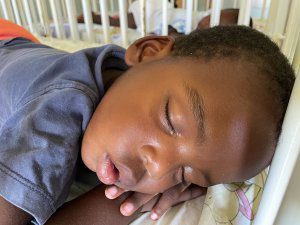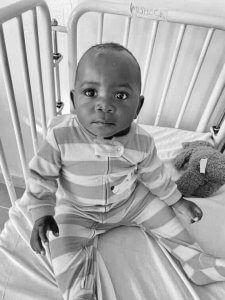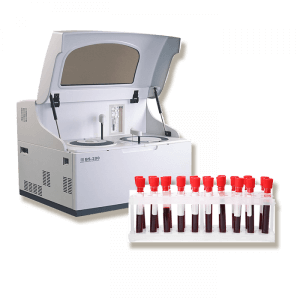

SIDS (Sudden Infant Death Syndrome) is the sudden and unexpected death of an infant under one year of age without a known cause. It is the leading cause of death in infants between the ages of 1 month and 1 year. SIDS is sometimes known as cot death because infants often die in their cots. The causes of Sudden Infant Death Syndrome are unclear and there is no one way to reduce the risk of SIDS in babies.
Researchers have discovered certain factors that can increase the risk of SIDS in infants. They have also identified measures that can be taken to try to protect the baby from Sudden Infant Death Syndrome. Probably the most important of these is to put the baby to sleep on its back.
There are also factors that may be predisposing to SIDS:
Can Sudden Infant Death Syndrome be prevented?
There are many steps that parents can take to reduce the risk of Sudden Infant Death Syndrome and ensure that their baby sleeps safely.


SIDS did not spare the Home in Kasisi, taking little Mishek from us in April 2022 while he was sleeping. The boy had not previously shown any symptoms of illness.
Perhaps the mother’s young age contributed to the toddler’s death, or perhaps it was the low body weight at birth. Or maybe it was simply that little Mishek suffered from a disease that was never diagnosed. Unfortunately, hospital care for children after birth is limited in Zambia, and children do not undergo as extensive tests as children in Europe, for example. Many problems remain undiagnosed until it is too late.


If there is even a sliver of a chance that a test carried out at the House of Hope Hospital in Kasisi will save another child’s life, we will do what we can to make it happen. However, to be able to regularly test children, we need your support. Doctors’ work, laboratory reagents, equipment or even the simplest tests for the most common diseases are a great challenge for the budget of the Home in Kasisi. Donate a set of tests for a child and help us save a life!
A school kit includes notebooks, allowing children to study at home. It also includes a pair of shoes, which, if not for Kasisi, they would have to borrow from their siblings. And finally, a delicious, healthy sandwich in the backpack, which gives them the energy they need for their studies. Just like the sandwich their mother would prepare. You can pack one into their backpack today—from right here, from your own home.